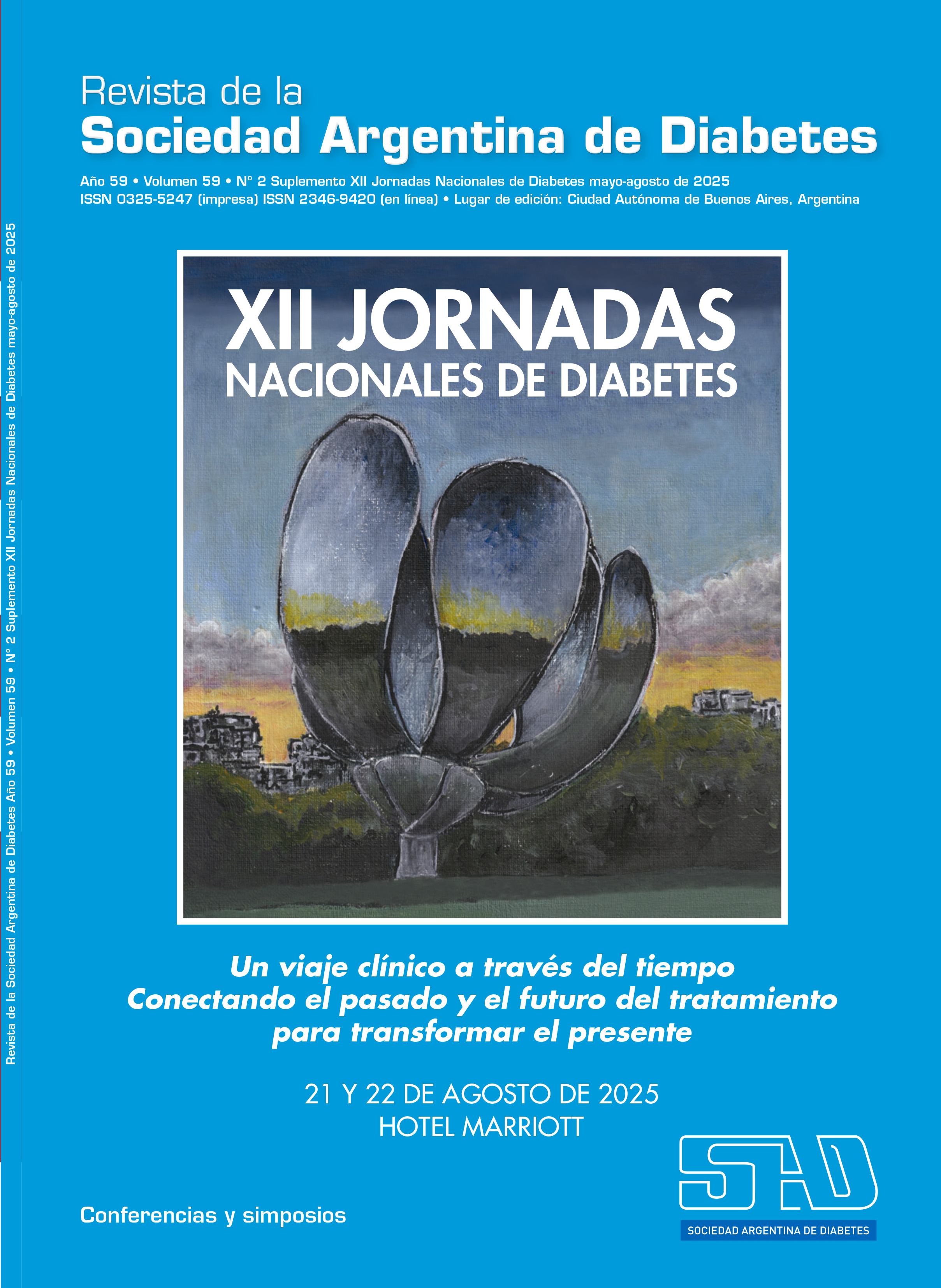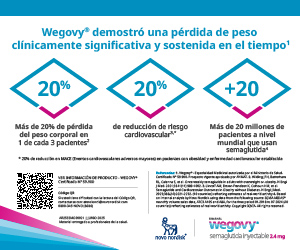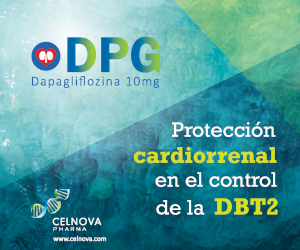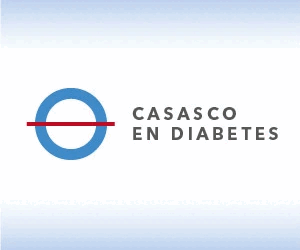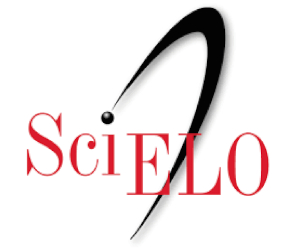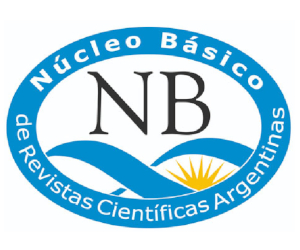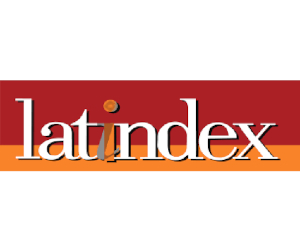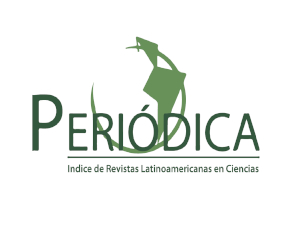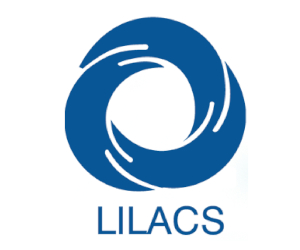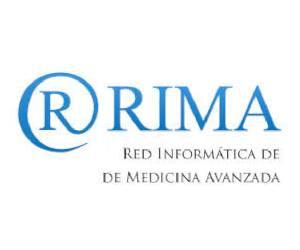Toward new biomarkers of metabolically associated steatotic liver disease (MASLD) in diabetic patients. Study of the gut microbiome, its association with the PNPLA3 gene, and its usefulness in disease diagnosis and progression of the disease in Argentina
DOI:
https://doi.org/10.47196/diab.v59i2Sup.1264Keywords:
biomarkers, steatotic liver disease, gut microbiome, diabetes, PNPLA3 geneAbstract
Introduction: current measures to overcome the rising epidemic of MASLD are centered on MASLD risk stratification. However, our ability to identify people at the highest risk of progression so they can be offered interventions before they develop liver-related complications is still limited, due to the lack of effective and non-invasive biomarkers. In Argentina, the current scenario is worrisome for patients with type 2 diabetes mellitus (T2DM) as 81.2% of them have MASLD.
Objectives: to identify potential microbiome-derived MASLD biomarkers and their association with genetic and clinical factors of progression, in T2DM patients in Argentina.
Materials and methods: after informed consent, 190 T2DM patients were recruited: Buenos Aires city (n=62), Buenos Aires province (n=40), Patagonia (n=31), Northwestern (n=37), and Northeastern (n=20) regions. Anthropometric, clinical, and lifestyle data were obtained from all participants, who also underwent abdominal ultrasound for MASLD diagnosis and oral swabbing. Human DNA was extracted from the swabs, the PNPLA3 gene was amplified, and its genotype was determined by bidirectional sequencing. To profile the MASLD-associated microbiome, stool samples were collected from 170 of these participants, V4 16S rRNA gene sequencing was performed and further processing was carried out in QIIME2 (version 2024.10.1).
Results: distribution by gender, BMI and age was similar in all regions: 51.6% male, median (interquartile range) age of 61.7 (34-85) years, median (interquartile range) BMI of 32.3 (22-68) kg/m2. The PNPLA3 risk genotype was present in 50% of the samples, with the highest prevalence in Northwestern (64.9%) and Northeastern (60%) regions and the lowest in Buenos Aires city (40.3%; p=0.02). MASLD was detected in 77.9% of patients with no differences among the analyzed regions. After adjusting microbiota analysis by the geographical origin of the samples, we found that the abundance of the Elusimicrobiaceae bacterial family was higher among T2DM patients with MASLD (q=5.35e-05), whereas Aeromonadaceae (q=2.64e-07) family were more prevalent among those patients without MASLD. In addition, CAG-977 family was more abundant among patients with the PNPLA3 risk genotype (q=0.005), and CAG-239 bacterial family was more commonly detected among patients with FIB-4 scores >2.67 (q=5.02e-04).
Conclusions: this study concludes that, despite the regional and intrinsic differences, gut microbiome could be a useful biomarker of MASLD diagnosis and risk stratification in this population. These results also suggest that incorporating PNPLA3 genotyping into clinical practice could improve prognosis and allow for prioritization of intensive intervention in these patients.
References
I. Rinella ME, et al. AASLD Practice Guidance on the clinical assessment and management of nonalcoholic fatty liver disease. Hepatology 2023;77(5):1797-1835
II. Tincopa MA, et al. Disparities in screening and risk stratification for Hispanic adults with metabolic dysfunction-associated steatotic liver disease. Hepatology. 2025;81(6):1792-1804.
III. Giunta J, et al. Prevalencia de hígado graso asociado a disfunción metabólica (MASLD) en pacientes con diabetes tipo 2: estudio transversal multicéntrico en Argentina. Rev Soc Arg Diab 2024;58(3-Suplemento XXIV Congreso Argentino de Diabetes):165-166.
Downloads
Published
Issue
Section
License
Copyright (c) 2025 on behalf of the authors. Reproduction rights: Argentine Diabetes Society

This work is licensed under a Creative Commons Attribution-NonCommercial-NoDerivatives 4.0 International License.
Dirección Nacional de Derecho de Autor, Exp. N° 5.333.129. Instituto Nacional de la Propiedad Industrial, Marca «Revista de la Sociedad Argentina de Diabetes - Asociación Civil» N° de concesión 2.605.405 y N° de disposición 1.404/13.
La Revista de la SAD está licenciada bajo Licencia Creative Commons Atribución – No Comercial – Sin Obra Derivada 4.0 Internacional.
Por otra parte, la Revista SAD permite que los autores mantengan los derechos de autor sin restricciones.



